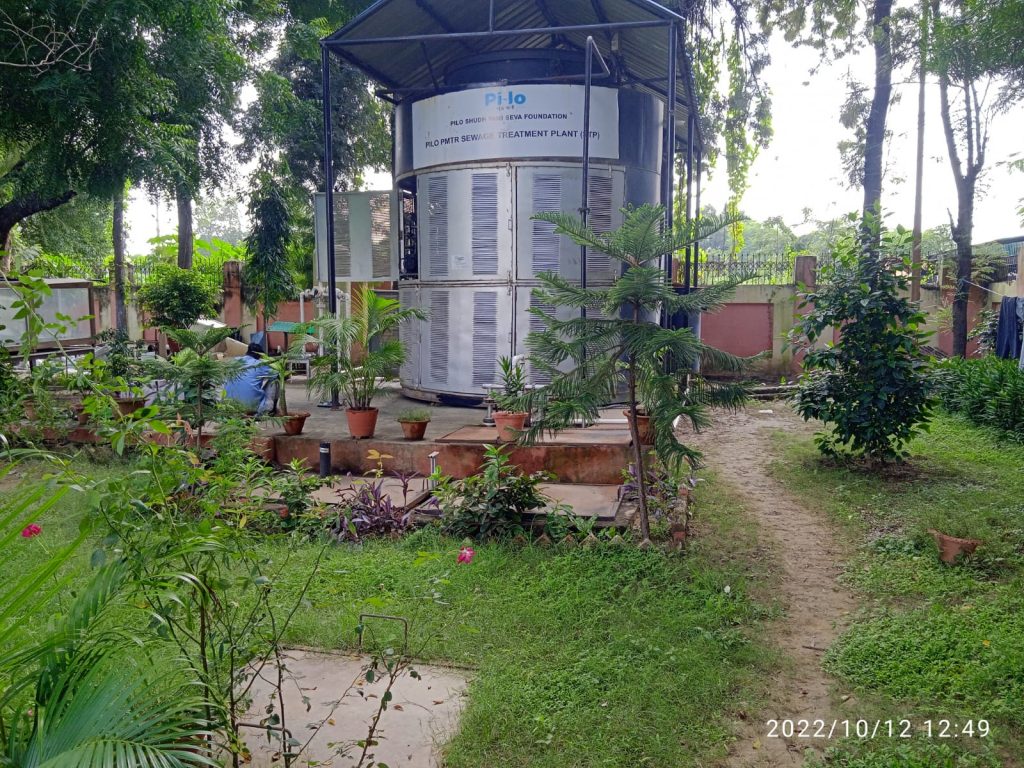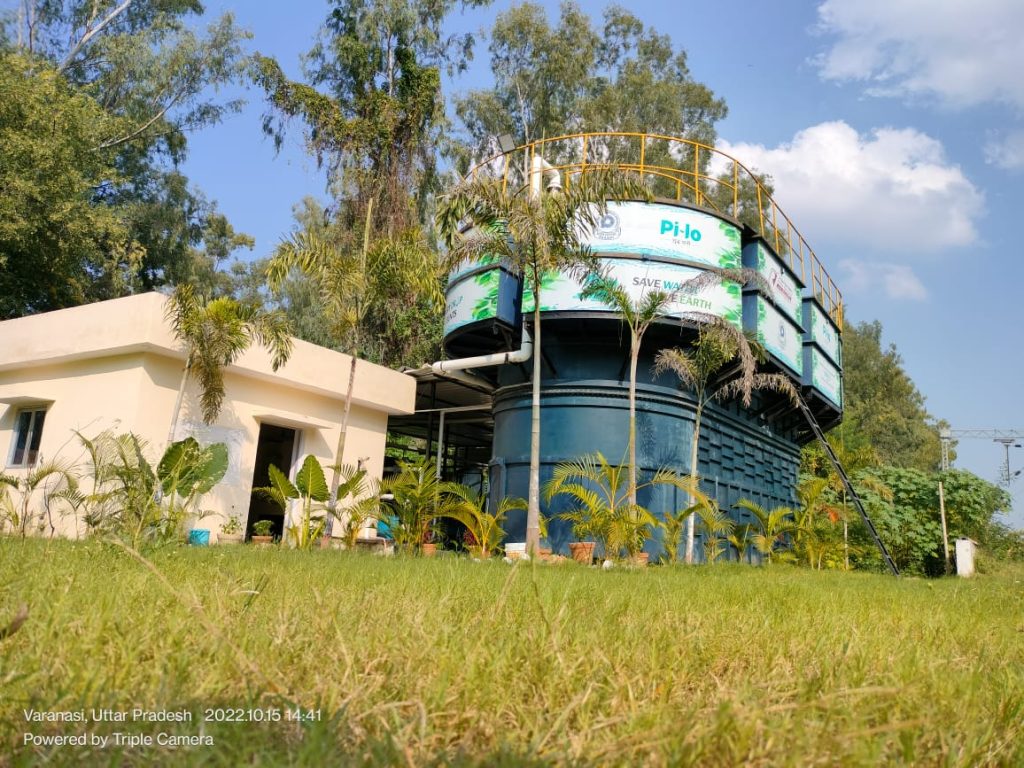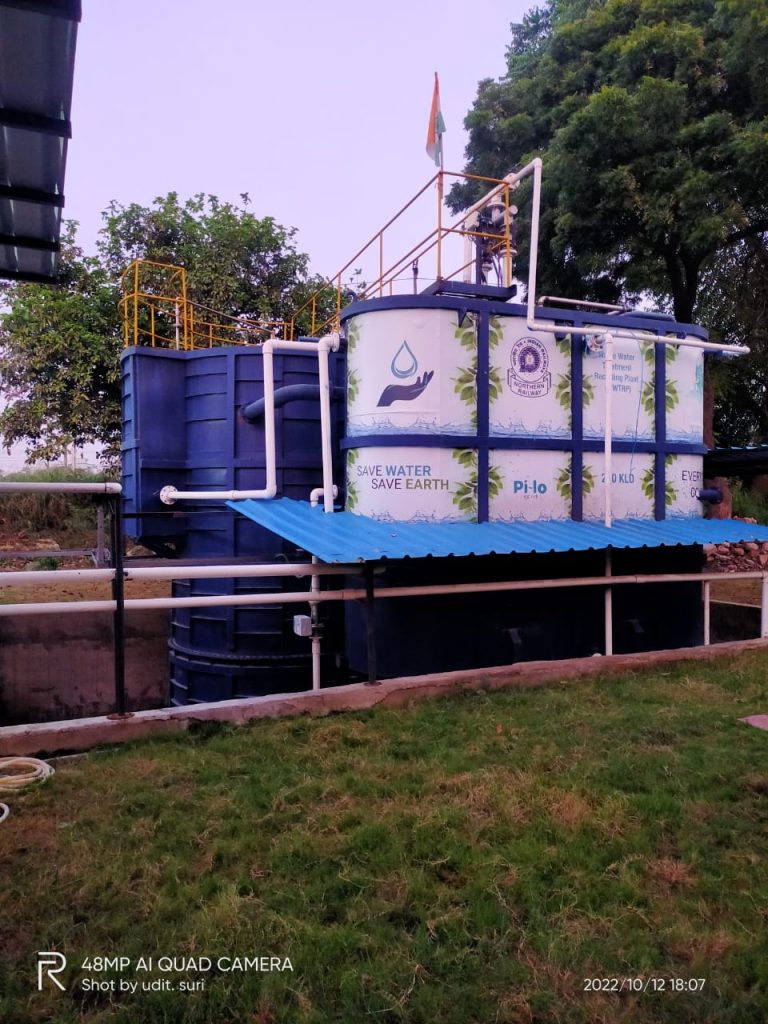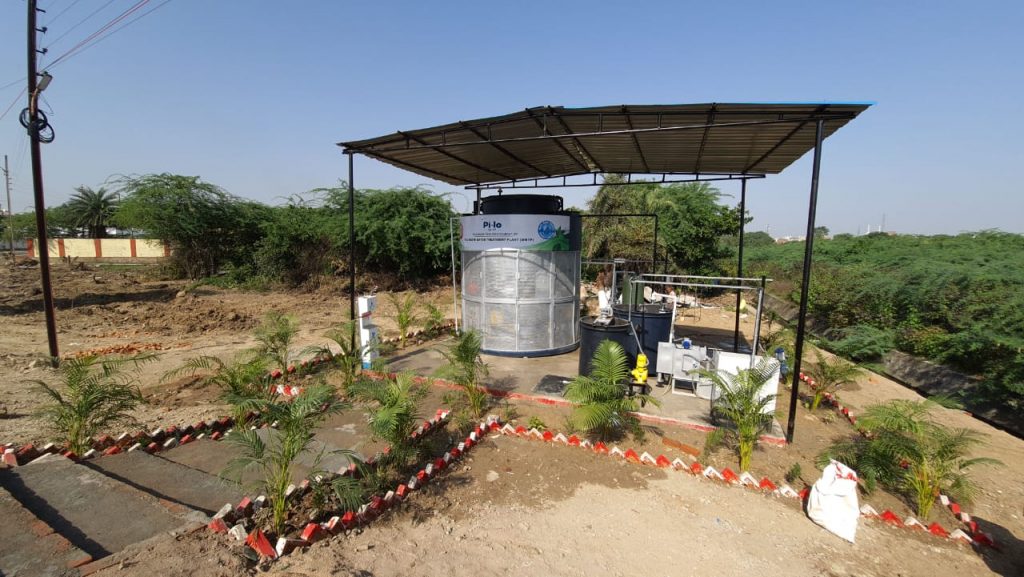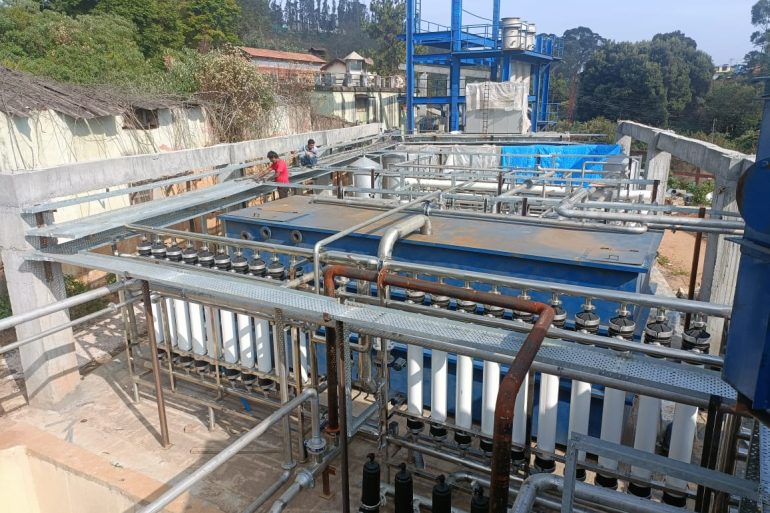
Sewage treatment plants play a crucial role in maintaining public health and preserving the environment. These facilities are designed to remove harmful pollutants and contaminants from wastewater before releasing it back into natural water bodies or the environment.
The process of sewage treatment involves several stages, each of which plays a specific role in removing impurities from the wastewater. The first stage is the primary treatment, which involves the physical removal of solids and floating materials from the water. This is typically done through processes such as screening and sedimentation.
The second stage is the biological treatment, which involves the use of microorganisms to break down and remove organic matter from the water. This is typically done through processes such as activated sludge treatment or trickling filter systems.
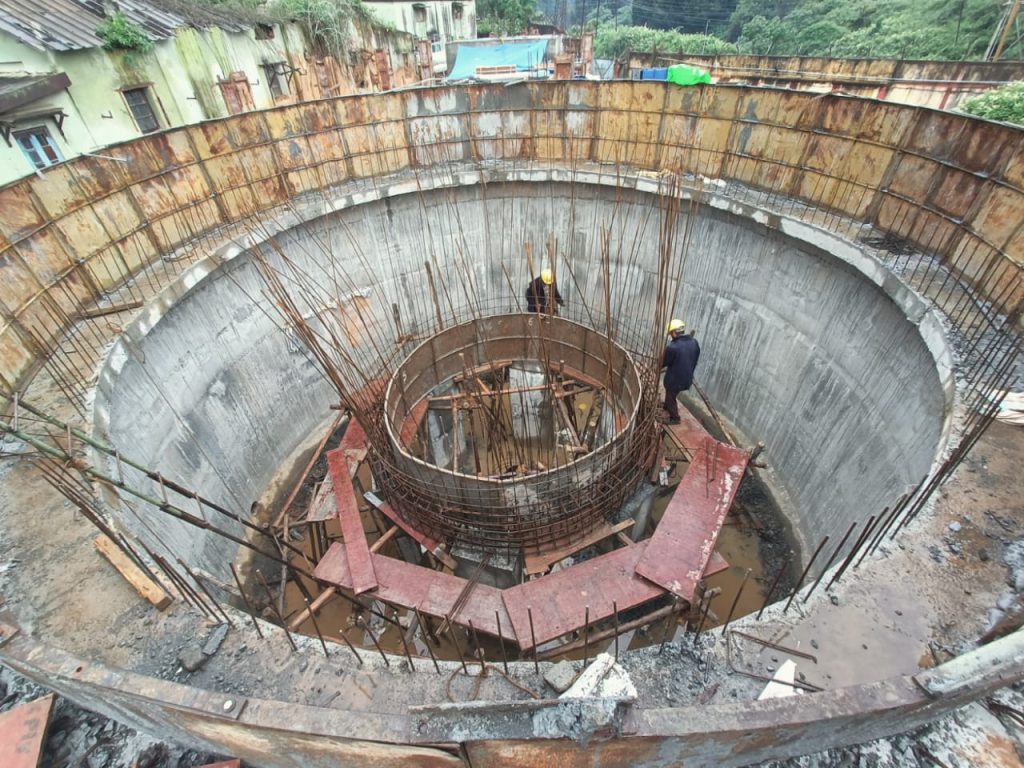
The final stage is the tertiary treatment, which involves the removal of any remaining pollutants or contaminants from the water. This is typically done through processes such as filtration or disinfection.
Advantage Of STP
One of the primary benefits of sewage treatment plants is their ability to protect the environment. By removing harmful pollutants from wastewater, sewage treatment plants can help prevent the contamination of natural water bodies such as rivers, lakes, and oceans. This is essential in maintaining the health of aquatic ecosystems and protecting public health.
Another benefit of sewage treatment plants is their ability to recover valuable resources from wastewater. This includes resources such as water, nutrients, and energy. By using various treatment processes, sewage treatment plants can recover these resources and reuse them in various applications such as irrigation, industrial processes, and energy production.

Despite the many benefits of sewage treatment plants, there are still several challenges that need to be addressed. These include issues such as inadequate infrastructure, funding constraints, and lack of public awareness and education. Addressing these challenges will be critical in ensuring the continued success and effectiveness of sewage treatment plants in protecting public health and preserving the environment.
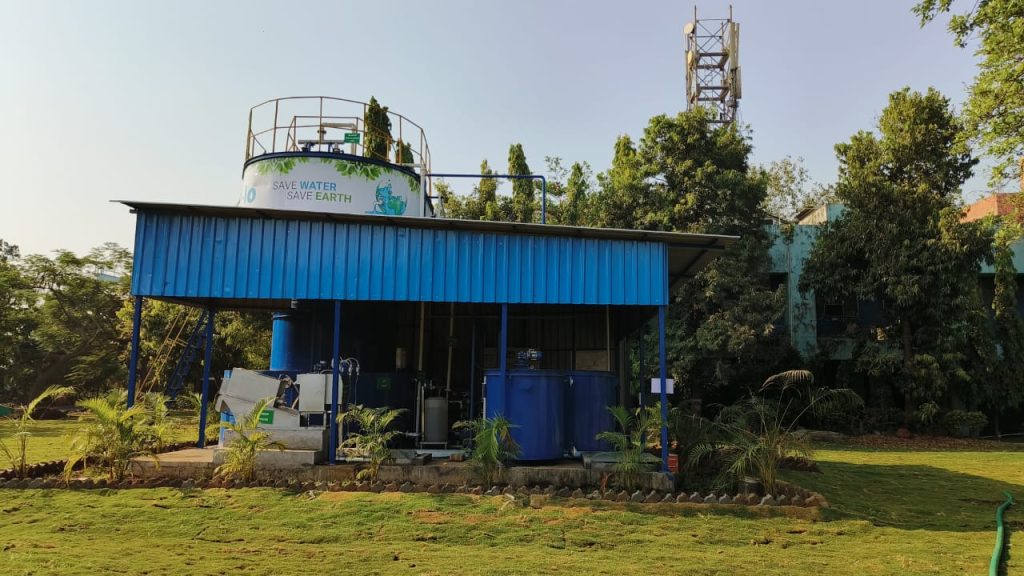
In conclusion, sewage treatment plants are essential in maintaining public health and preserving the environment. By removing harmful pollutants and contaminants from wastewater, these facilities play a critical role in protecting natural water bodies, recovering valuable resources, and improving sanitation and hygiene standards. Addressing the challenges faced by these facilities will be critical in ensuring their continued success and effectiveness in the years to come.

